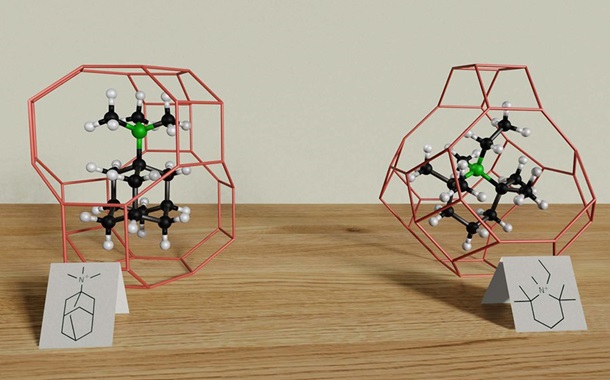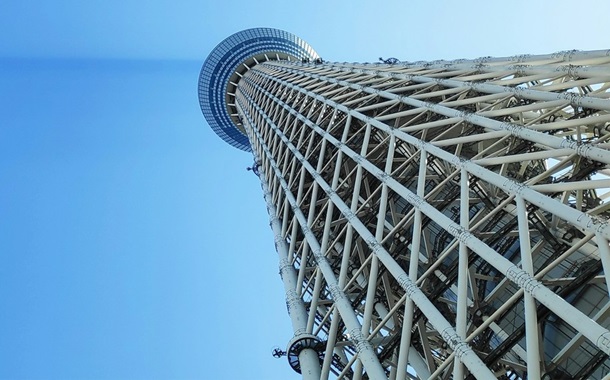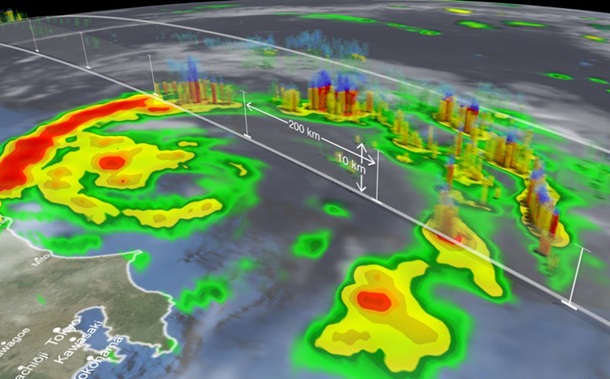Optimization of Microeconomic Models Under Integrated Partial Differential Equations
Downloads
Doi:10.28991/HIJ-2024-05-04-09
Full Text:PDF
Downloads
Popelo, O., Shaposhnykov, K., Popelo, O., Hrubliak, O., Malysh, V., & Lysenko, Z. (2023). The Influence of Digitalization on the Innovative Strategy of the Industrial Enterprises Development in the Context of Ensuring Economic Security. International Journal of Safety & Security Engineering, 13(1), 39-49. doi:10.18280/ijsse.130105.
Fajar, A. N., Limonthy, S., Handopo, J. J., Purnawan, F., & Kesuma, A. E. (2023). System Architecture for IT Talent Ecosystem Using Service Oriented Approach. HighTech and Innovation Journal, 4(4), 739-748. doi:10.28991/HIJ-2023-04-04-03.
Chai, J., Weng, Z., & Liu, W. (2021). Behavioral Decision Making in Normative and Descriptive Views: A Critical Review of Literature. Journal of Risk and Financial Management, 14(10), 490. doi:10.3390/jrfm14100490.
Li, X., Li, Z., Su, C. W., Umar, M., & Shao, X. (2022). Exploring the asymmetric impact of economic policy uncertainty on China's carbon emissions trading market price: Do different types of uncertainty matter? Technological Forecasting and Social Change, 178, 121601. doi:10.1016/j.techfore.2022.121601.
Boyd, C. M., & Bellemare, M. F. (2020). The microeconomics of agricultural price risk. Annual Review of Resource Economics, 12, 149–169. doi:10.1146/annurev-resource-100518-093807.
Yang, Y. J., Chen, C. C., & Chen, Y. T. (2020). New method of solving the economic complex systems. Discrete Dynamics in Nature and Society, 2020, 1–26. doi:10.1155/2020/8827544.
GoŠ‚È©biewski, D., Barszcz, T., Skrodzka, W., Wojnicki, I., & Bielecki, A. (2022). A New Approach to Risk Management in the Power Industry Based on Systems Theory. Energies, 15(23), 9003. doi:10.3390/en15239003.
Morlin, G. S., Passos, N., & Pariboni, R. (2022). Growth Theory and the Growth Model Perspective: Insights from the Supermultiplier. Review of Political Economy, 1–26. doi:10.1080/09538259.2022.2092998.
Tripura, T., & Chakraborty, S. (2022). Wavelet neural operator: a neural operator for parametric partial differential equations. arXiv, preprint arXiv:2205.02191.
Kai, Y., Chen, S., Zhang, K., & Yin, Z. (2022). Exact solutions and dynamic properties of a nonlinear fourth-order time-fractional partial differential equation. Waves in Random and Complex Media, 1–12. doi:10.1080/17455030.2022.2044541.
Chen, Z., Churchill, V., Wu, K., & Xiu, D. (2022). Deep neural network modeling of unknown partial differential equations in nodal space. Journal of Computational Physics, 449, 110782. doi:10.1016/j.jcp.2021.110782.
Li, Z., Kovachki, N., Azizzadenesheli, K., Liu, B., Bhattacharya, K., Stuart, A., & Anandkumar, A. (2020). Neural operator: Graph kernel network for partial differential equations. arXiv, preprint arXiv:2003.03485.
Yang, X., Liu, Y., & Park, G. K. (2020). Parameter estimation of uncertain differential equation with application to financial market. Chaos, Solitons and Fractals, 139, 110026. doi:10.1016/j.chaos.2020.110026.
Mohammadi, A., & Rezvani, M. H. (2019). A novel optimized approach for resource reservation in cloud computing using producer–consumer theory of microeconomics. Journal of Supercomputing, 75(11), 7391–7425. doi:10.1007/s11227-019-02951-1.
Patankar, N., Fell, H. G., Rodrigo de Queiroz, A., Curtis, J., & DeCarolis, J. F. (2022). Improving the representation of energy efficiency in an energy system optimization model. Applied Energy, 306, 118083. doi:10.1016/j.apenergy.2021.118083.
López-Ospina, H., Agudelo-Bernal, í., Reyes-Muñoz, L., Zambrano-Rey, G., & Pérez, J. (2021). Design of a location and transportation optimization model including quality of service using constrained multinomial logit. Applied Mathematical Modelling, 89, 428–453. doi:10.1016/j.apm.2020.07.054.
Ahmed, S. A., Qazza, A., & Saadeh, R. (2022). Exact Solutions of Nonlinear Partial Differential Equations via the New Double Integral Transform Combined with Iterative Method. Axioms, 11(6), 247. doi:10.3390/axioms11060247.
Goswami, S., Kontolati, K., Shields, M. D., & Karniadakis, G. E. (2022). Deep transfer operator learning for partial differential equations under conditional shift. Nature Machine Intelligence, 4(12), 1155–1164. doi:10.1038/s42256-022-00569-2.
Jajič, I., Herceg, T., & Pejič Bach, M. (2022). Deployment of the Microeconomic Consumer Theory in the Artificial Neural Networks Modelling: Case of Organic Food Consumption. Mathematics, 10(17), 3215. doi:10.3390/math10173215.
Zhang, C., Su, B., Zhou, K., & Sun, Y. (2020). A multi-dimensional analysis on microeconomic factors of China's industrial energy intensity (2000–2017). Energy Policy, 147, 111836. doi:10.1016/j.enpol.2020.111836.
Pramanik, P., & Polansky, A. M. (2023). Optimization of a dynamic profit function using Euclidean path integral. SN Business & Economics, 4(1), 8. doi:10.1007/s43546-023-00602-5.
Guo, Q., Sun, Y., Schonfeld, P., & Li, Z. (2021). Time-dependent transit fare optimization with elastic and spatially distributed demand. Transportation Research Part A: Policy and Practice, 148, 353–378. doi:10.1016/j.tra.2021.04.002.
Wang, N., Verzijlbergh, R. A., Heijnen, P. W., & Herder, P. M. (2023). Incorporating indirect costs into energy system optimization models: Application to the Dutch national program Regional Energy Strategies. Energy, 276, 127558. doi:10.1016/j.energy.2023.127558.
Jara-Díaz, S., Latournerie, A., Tirachini, A., & Quitral, F. (2022). Optimal pricing and design of station-based bike-sharing systems: A microeconomic model. Economics of Transportation, 31, 100273. doi:10.1016/j.ecotra.2022.100273.
Tulchynska, S., Popelo, O., Vovk, O., Dergaliuk, B., Kreidych, I., & Tkachenko, T. (2021). The resource supply of innovation and investment strategies of the microeconomic systems modernization in the conditions of digitalization. WSEAS Transactions on Environment and Development, 17, 819–828. doi:10.37394/232015.2021.17.77.
Hoshovska, O., Poplavska, Z., Kryvinska, N., & Horbal, N. (2020). Considering random factors in modeling complex microeconomic systems. Mathematics, 8(8), 1206. doi:10.3390/MATH8081206.
Ferchiou, A., Lhermie, G., & Raboisson, D. (2021). New standards in stochastic simulations of dairy cow disease modelling: Bio-economic dynamic optimization for rational health management decision-making. Agricultural Systems, 194, 103249. doi:10.1016/j.agsy.2021.103249.
Antweiler, W. (2021). Microeconomic models of electricity storage: Price Forecasting, arbitrage limits, curtailment insurance, and transmission line utilization. Energy Economics, 101, 105390. doi:10.1016/j.eneco.2021.105390.
Taiebat, M., Stolper, S., & Xu, M. (2019). Forecasting the Impact of Connected and Automated Vehicles on Energy Use: A Microeconomic Study of Induced Travel and Energy Rebound. Applied Energy, 247, 297–308. doi:10.1016/j.apenergy.2019.03.174.
- This work (including HTML and PDF Files) is licensed under a Creative Commons Attribution 4.0 International License.






















